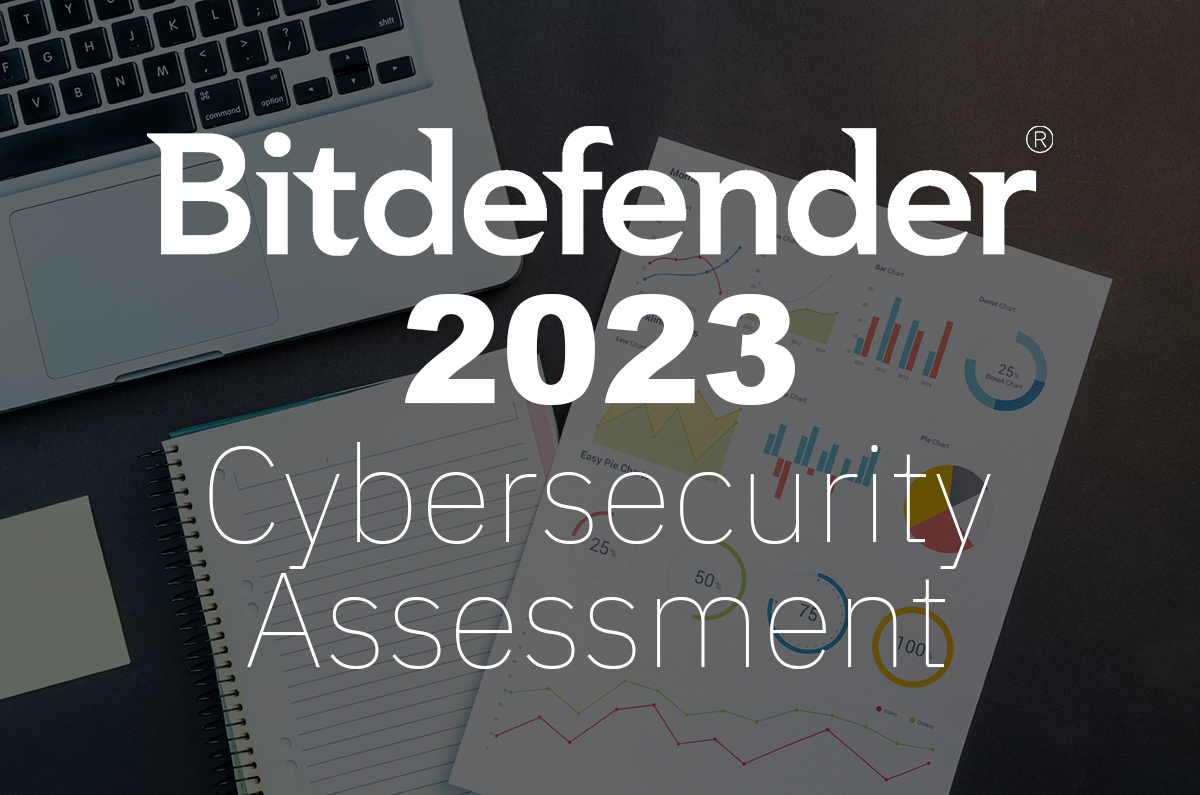Survey Report: Native Cloud Security Offerings are Not Enough

The public cloud is supposed to be safe. After all, these infrastructures are managed by multi-trillion-dollar companies that have the resources to protect any workload that runs in their environments. Right?
Well, maybe not. The reality is that breaches still occur, in fact, at an alarming rate. Today’s threat actors are constantly probing the internet in search of vulnerabilities in enterprise environments — and, all too often, those vulnerabilities occur over public infrastructures. There’s always a misconfiguration to exploit or credentials to a long-forgotten cloud instance that hasn’t been used in years to steal. Threat actors have gotten really good at exploiting these vulnerabilities, wherever they lay.
Closing these vulnerabilities is the responsibility of the enterprise cybersecurity team, and this requires visibility into and control over multi-cloud environments. However, security analysts are not developers, and many do not have the expertise to custom-build solutions that integrate various security tools offered by today’s cloud service providers (CSPs). Instead, organizations give themselves the illusion of security through cloud-native security offerings, hoping that ticking a box is good enough.
In fact, survey results from Bitdefender’s 2024 Cybersecurity Assessment Report show that 47% of organizations solely rely on native security offerings from CSPs—with many believing that they are sufficient.
Unfortunately, relying exclusively on native security offerings is not enough. Organizations need to consider a Cloud Security Posture Management (CSPM) solution from a third-party to help tie these cloud security tools together, consolidate visibility in a single dashboard, and provide granular control into the security policies that govern these multi-cloud workloads.
The Shortfalls of Relying Solely on Cloud-Native Security Solutions
The problem is that native security solutions were not designed for the multi-cloud world. Sure, CSPs will claim that their solutions will work across providers, but the reality is that there is little incentive for cross-platform integration.
Google’s security tool is designed for GCP, while Amazon has developed a cloud network security tool for AWS. And Microsoft is set up for Azure environments. These platforms may behave similarly on the surface, but no two work the same way. They all come with differences in configuration and operations—making identity and access management (IAM), data security, network configurations, and compliance a unique challenge. Any setup or operations failures may have wide-reaching consequences, exposing sensitive data and infrastructure to attackers. Even if an organization can successfully stitch together a variety of tools, every time a CSP updates its platform, workflows would break and need to be manually configured again.
The other issue is that public cloud environments have been designed to be easy to provision and launch on demand. I mean, that’s kind of the whole point, isn’t it. Organizations need to be able to spin up cloud instances, flip a switch, and start innovating right away. The problem here is that there’s an incentive for CSPs to design their environments to be general purpose rather than customized for a particular industry or market segment. There are general playbooks and templates to be sure, but it still takes an enormous amount of effort to manually customize environments to meet specific compliance, performance, security, or privacy considerations.
Stitching together disparate security tools from each cloud provider is extremely complex and time-consuming. Organizations simply don’t have the in-house expertise nor the time and resources to constantly monitor and configure the integrations. Yet, the multi-cloud world provides so much value to the business that organizations are having to deal with these security challenges or risk falling behind.
Bringing It All Together: Enhancing Multi-cloud Security
Thankfully, recent advancements in cloud security solutions are making it much easier to ensure the security of multi-cloud workloads. CSPM solutions, for example, are designed with the multi-cloud world in mind, using architectures that work across different cloud service providers to provide complete visibility, control, and remediation capabilities.
These solutions sit on top of native cloud security controls and tools, ensuring configurations are correct and tailored to specific policies and needs. By consolidating security operations, CSPM solutions reduce overhead, improve efficiency, and make it easier to follow the entire attack chain as threats move between environments.
Organizations shouldn't rely solely on native cloud security tools. The multi-cloud world demands a more centralized approach that integrates across multiple CSPs and feeds into the broader security strategy. With visibility, control, and remediation capabilities integrated in a single platform, organizations can identify vulnerabilities, close these gaps, and make it much harder for threat actors to infiltrate their networks.
Gain deeper insights into the cloud security challenges facing organizations today by downloading the Bitdefender 2024 Cybersecurity Assessment Report.
tags
Author
Bitdefender is a cybersecurity leader delivering best-in-class threat prevention, detection, and response solutions worldwide. Guardian over millions of consumer, enterprise, and government environments, Bitdefender is one of the industry’s most trusted experts for eliminating threats, protecting privacy, digital identity and data, and enabling cyber resilience. With deep investments in research and development, Bitdefender Labs discovers hundreds of new threats each minute and validates billions of threat queries daily. The company has pioneered breakthrough innovations in antimalware, IoT security, behavioral analytics, and artificial intelligence and its technology is licensed by more than 180 of the world’s most recognized technology brands. Founded in 2001, Bitdefender has customers in 170+ countries with offices around the world.
View all postsRight now Top posts
FOLLOW US ON SOCIAL MEDIA
SUBSCRIBE TO OUR NEWSLETTER
Don’t miss out on exclusive content and exciting announcements!
You might also like
Bookmarks










